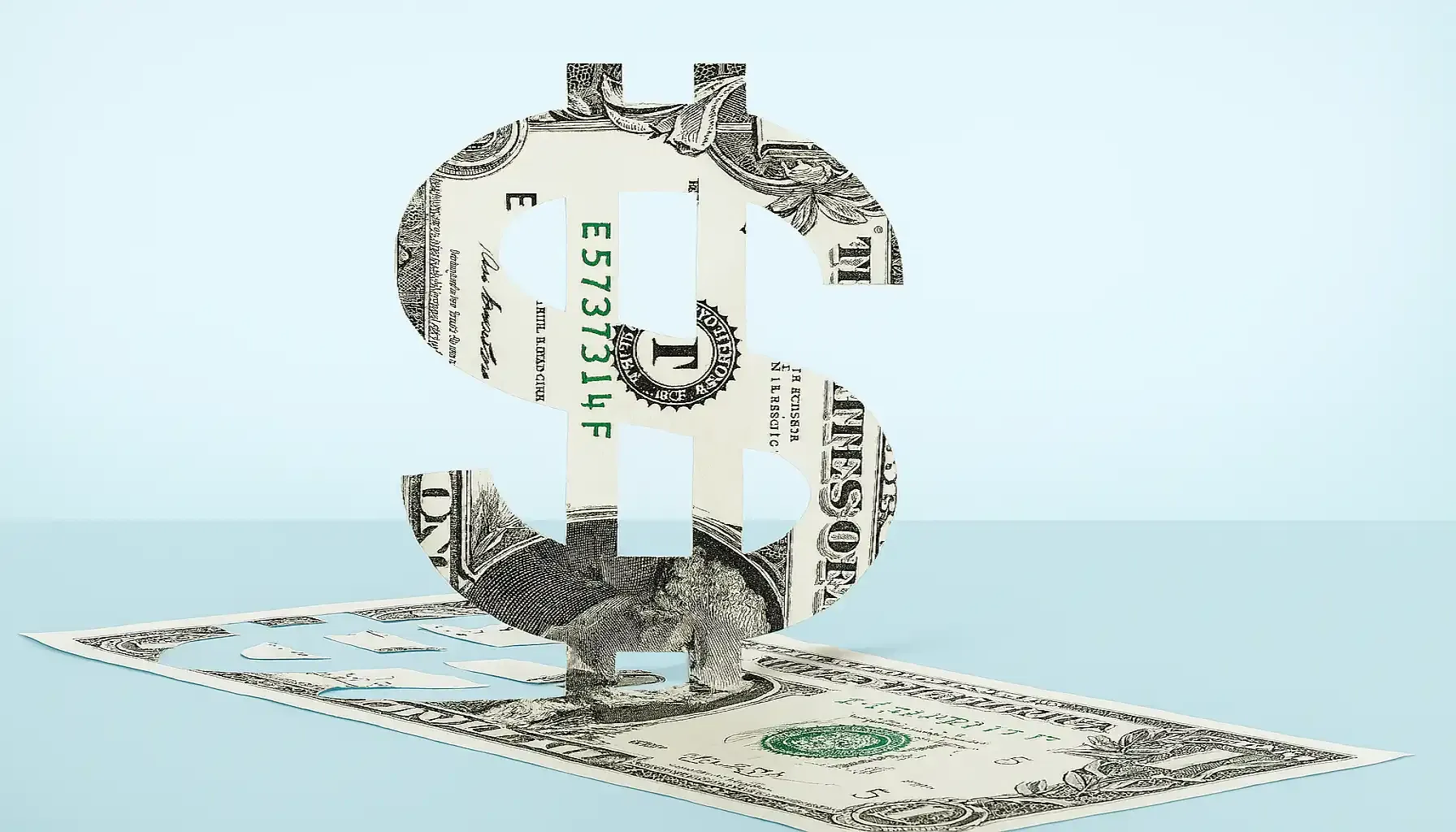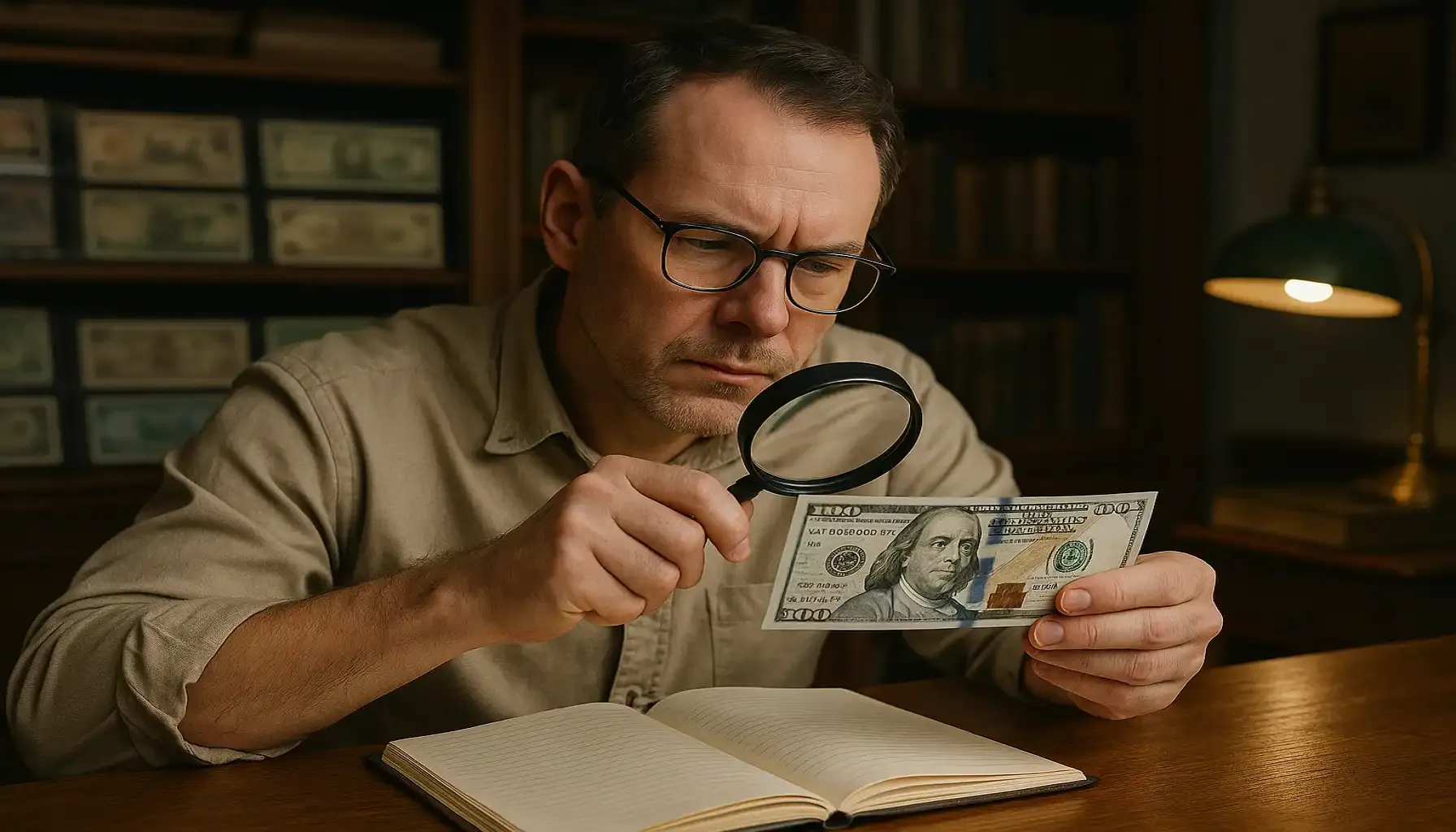Contents:
When we think of ancient civilizations, many of us recall ancient Roman coins. These artifacts may be compared to a window into the financial system of old times and the artistry of one of history’s greatest empires.
But what makes a Roman denarius or rare Roman gold coins so special? How to check old coin value, and why did the Roman Empire mint so many units of coinage? Today, we will explore different ancient Roman currency names and understand the value of old Roman coins in today’s market.
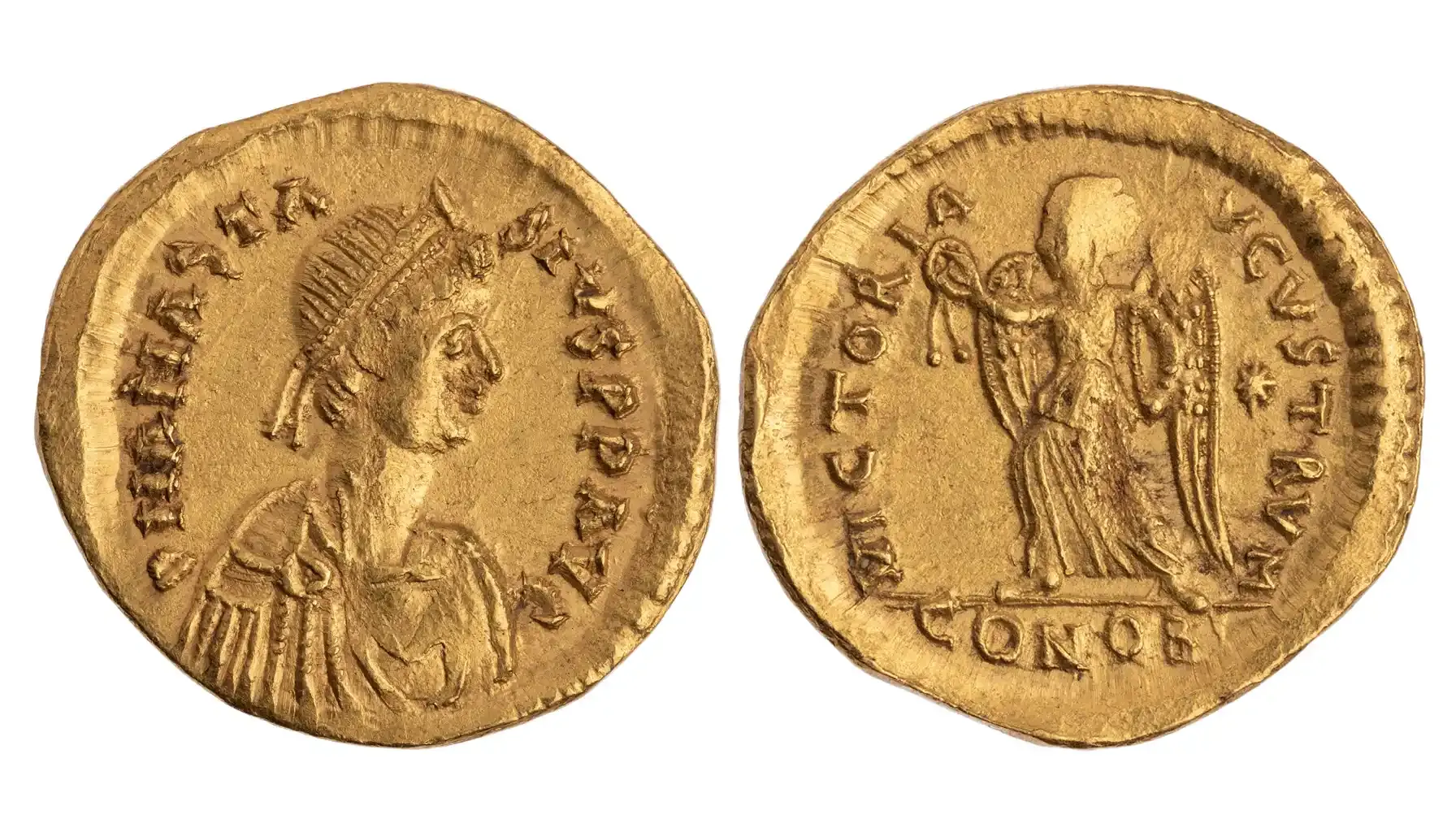
Types, Value, and Significance
The Roman monetary system was a huge example of its time with many different denominations and metals for various levels of trade and commerce. Below is a table with a list of Roman coins that are mostly interesting for collectors:
Type | Metal | Denomination | Description | Value Today (Approx.) |
Aureus | Gold | High value | Featured emperors like Augustus and Nero; a symbol of wealth and power. | $3,000 - $30,000+ (depends on rarity) |
Denarius | Silver | Standard | Widely circulated; often depicted gods, emperors, or military victories. | $100 - $2,500 |
Sestertius | Bronze | Medium value | Large coin used for public transactions; intricately designed. | $50 - $1,000 |
Solidus | Gold | Late empire | Replaced the Aureus in the 4th century; highly wanted by collectors. | $2,000 - $15,000 |
As | Bronze | Low value | Basic unit of exchange in early Roman times; often worn but historically rich. | $10 - $300 |
Disclaimer: Prices, including the Roman gold coins value, are subject to change based on market demand, condition, and provenance.
The Story Behind Roman Coinage
The Birth
Ancient Roman coinage evolved when the Republic expanded its influence and solidified its identity as a dominant Mediterranean power. Before the introduction of standardized coinage, Romans used a barter system supplemented by rough bronze ingots called aes rude. By the 4th century BCE, these primitive forms of currency gave way to a real monetary system.
The first true examples were minted around 300 BCE and featured designs inspired by Greek and Etruscan prototypes. These early pieces, known as the aes signatum (cast bronze bars) and aes grave (heavy cast coins), laid the foundation for the complex coinage system in the Republic and Empire.
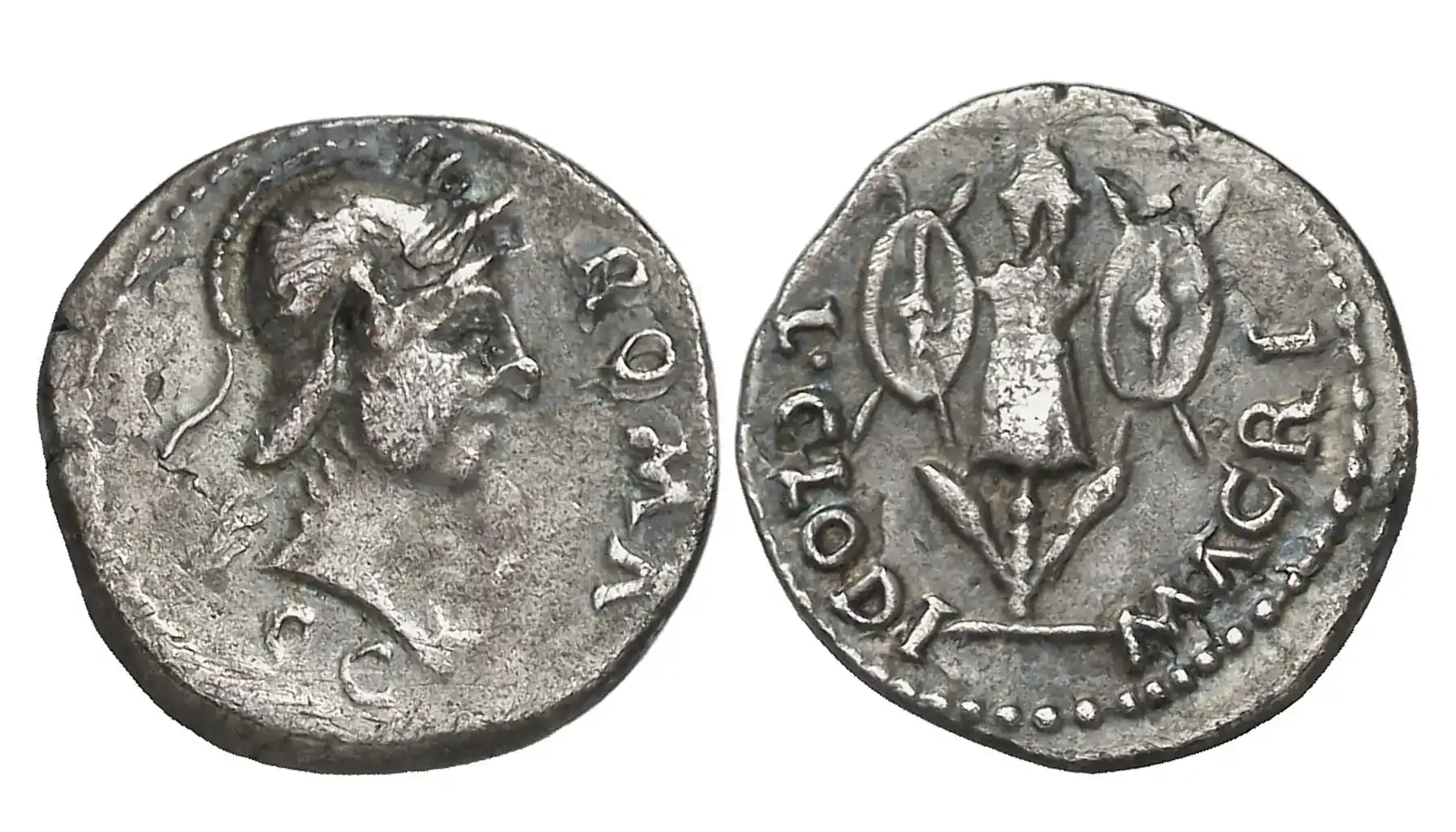
The Evolution of Roman Coinage Over Time
Republican Era (509 BCE – 27 BCE)
During the Republican era, coinage was relatively limited, and pieces were primarily minted in bronze, with denominations like the As and the Sestertius dominating local trade. Silver coins, e.g., the denarius, emerged around 211 BCE to support Rome's military campaigns and trade networks.
Designs of currency in ancient Rome during this era emphasized Republican ideals, often with images of gods, goddesses, and mythological scenes rather than individual leaders. However, the civil wars of the late Republic saw figures like Julius Caesar minting coins with their own likeness. This symbolized the transition from a Republic to an Empire.
By the way, check out the 1776 to 1976 one dollar value that you might have. What if you can start your collection with it?
Imperial Era (27 BCE – 476 CE)
With the establishment of the Empire under Augustus, Roman coinage took on a new role as a tool for propaganda. Coins now prominently featured the emperor’s portrait. The monetary system was standardized with three key metals, i.e., gold (Aureus), silver (Denarius), and bronze (Sestertius, As, Dupondius).
Roman Empire currency advertised military victories, architectural achievements, and the virtues of the emperor. For instance, coins under Trajan celebrated his conquests in Dacia, while those of Hadrian depicted his travels across the empire.
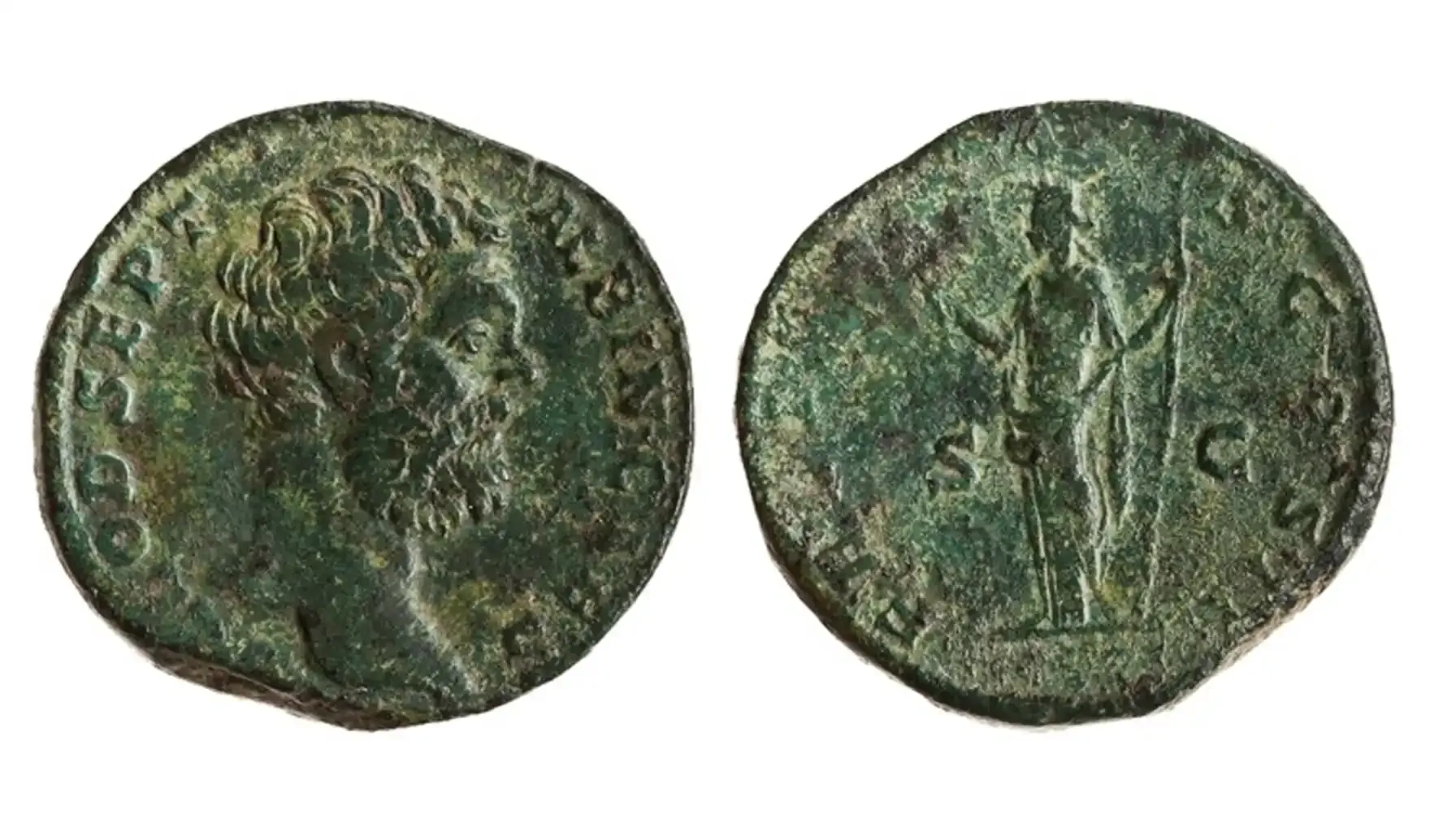
Production of Roman Coins
Roman coins were produced using relatively advanced methods for their time. The process involved several steps:
Metal Preparation: Metals were melted and poured into molds to create blanks (called flans).
Engraving Dies: Skilled artisans engraved designs onto hardened bronze dies. The obverse die (featuring the emperor’s portrait or primary image) was fixed, while the reverse die (with a secondary design) was movable.
Striking Coins: Blanks were placed between the dies and struck with a hammer, imprinting the designs onto both sides of the piece.
Mints were tightly controlled by the Roman state, with official inscriptions (SC for Senatus Consulto, indicating Senate approval) to ensure authenticity. Counterfeiting was harshly punished, underscoring the importance of coinage to Rome's stability.
Why Did the Roman Empire Produce More Coins?
Rome’s insatiable need for coins stemmed from its vast administrative and military obligations:
Military Funding: Armies stationed across the empire required regular payment, often in silver or gold.
Economic Growth: As Rome expanded, so did its trade networks, necessitating a larger supply of coins.
Public Works and Welfare: The empire invested heavily in infrastructure, festivals, and grain distributions, which required substantial coinage.
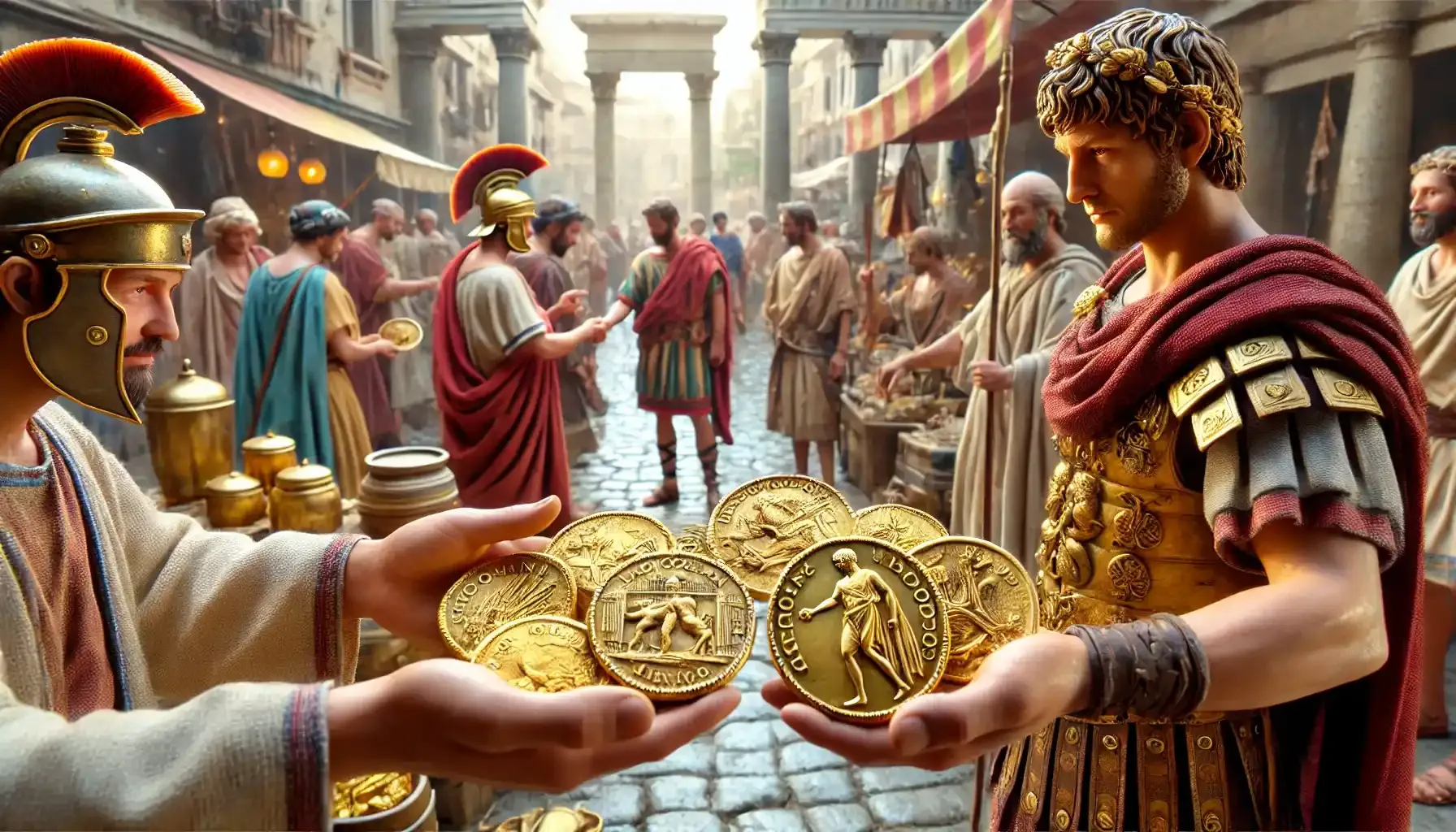
The Design of Roman Coins
Themes
The emperor’s face was the most common feature, asserting their divine right to rule.
Coins often depicted deities like Mars, Venus, and Jupiter, as a link to the emperor to divine favor.
Many coins celebrated conquests, with images of captured enemies or victorious generals.
Coins sometimes displayed famous structures like the Colosseum, as a symbol of Roman engineering prowess.
Inscriptions
Imperial Titles
IMP (Imperator): Commander or Emperor, e.g., IMP CAESAR indicates "Emperor Caesar."
CAESAR: Originally the family name of Julius Caesar; later became a title for emperors or heirs.
AUG (Augustus): Venerable or Exalted One.
PONT MAX (Pontifex Maximus): Chief Priest.
PP (Pater Patriae): Father of the Fatherland.
Honorific Titles
TR P (Tribunicia Potestas): Tribune of the People.
COS (Consul): High-ranking magistrate in the Roman Republic and later a title held by emperors, e.g., COS III signifies the emperor held the consulship three times.
Abbreviations and Numbers
SPQR (Senatus Populusque Romanus): The Senate and People of Rome. It represented the authority of the Roman state.
LEG (Legio): Legion.
XXXX (Roman Numerals): Indicate specific years, repetitions of titles, or legions, e.g., TR P XX means the emperor held tribunician power 20 times.
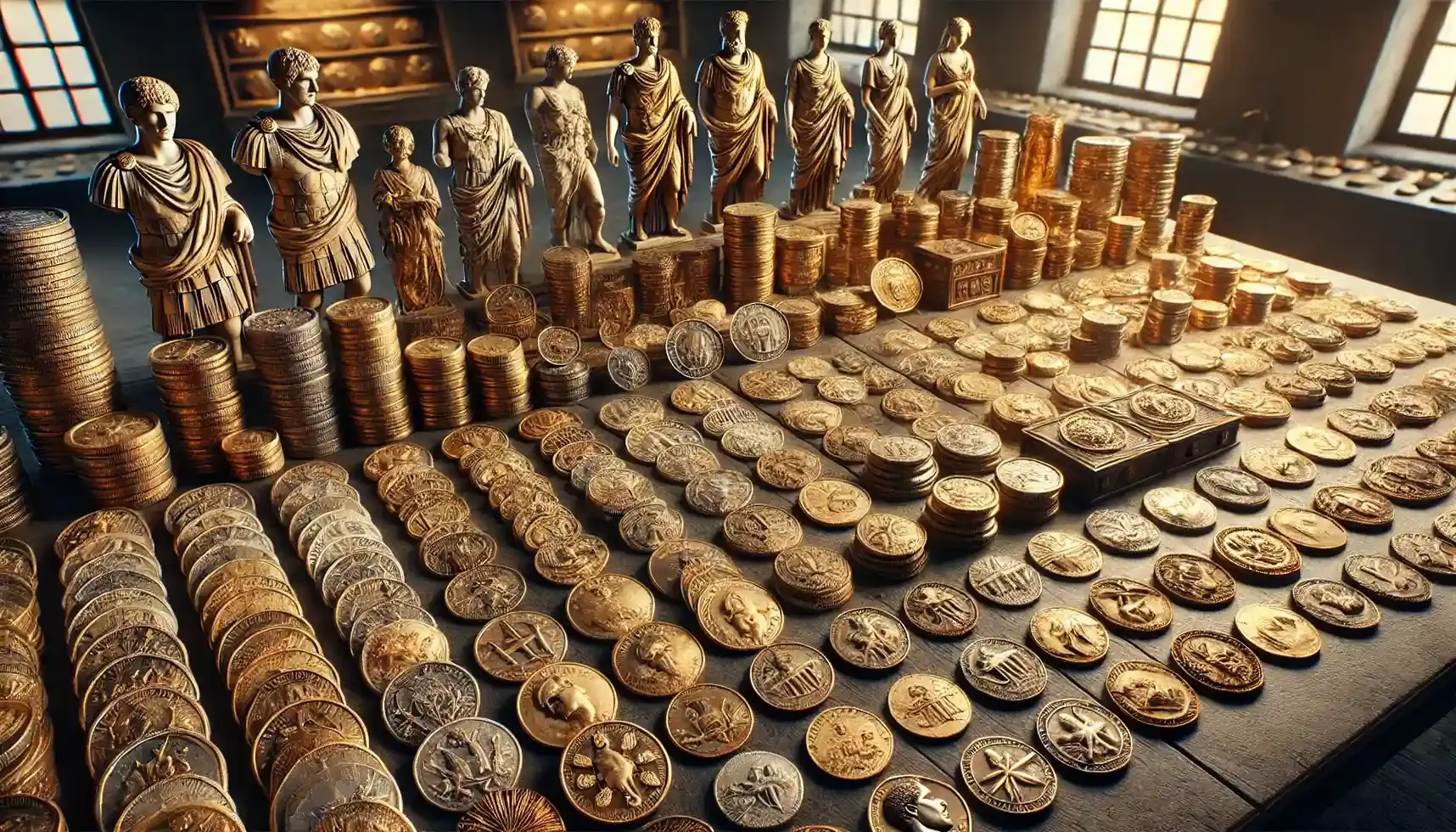
Modern Value of Roman Coins
Collectors and investors are drawn to Roman coins not just for their history but also for their monetary worth. So, how much is a Roman gold coin worth today? The answer depends on rarity, condition, and provenance.
For example:
Rare Roman coins value, e.g., of an Aureus of Julius Caesar, can fetch tens of thousands of dollars.
The value of bronze or silver can vary, with even common types costing hundreds of dollars if well-preserved.
The process of ancient Roman coin identification requires expertise. Modern tools like the Coin ID Scanner app allow collectors to analyze and grade coins more effectively, even the 1776 to 1976 Bicentennial quarter. This app can identify details like mint marks, inscriptions, and imagery. You only have to take a photo, and the app will show you all the details.
Attention! If you are a beginner, it is important to differentiate authentic Roman coins from replicas. Always purchase from reputable dealers and verify the coin's history.
However, beware of replicas. Authenticity is everything when it comes to valuation. Look for professional grading and certificates of authenticity before purchasing.

